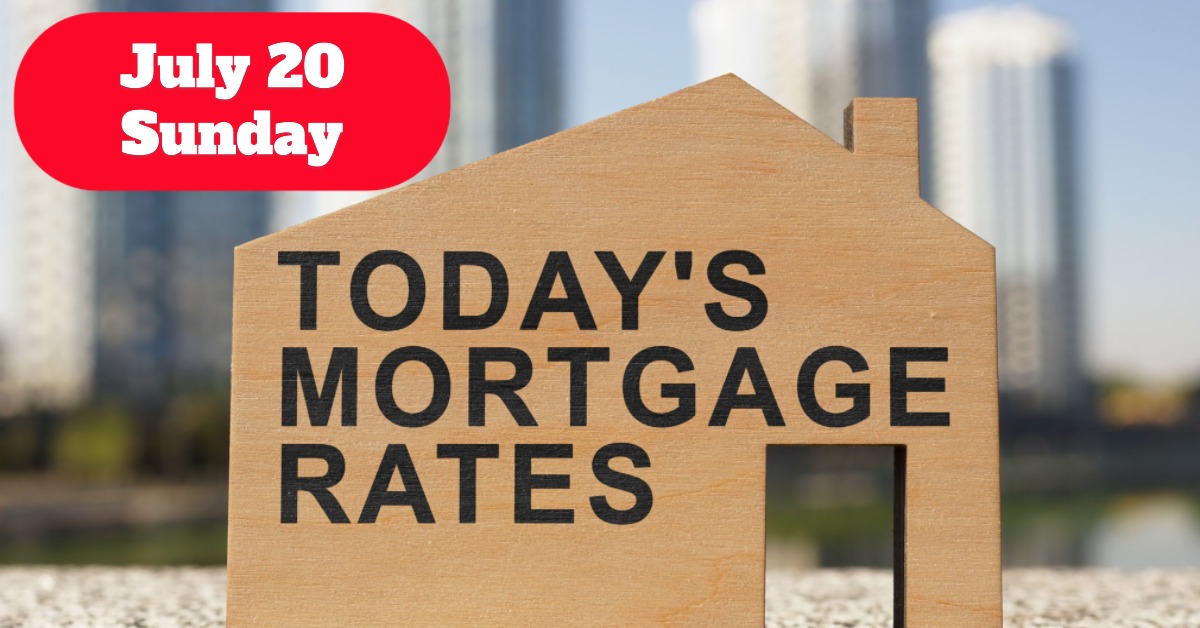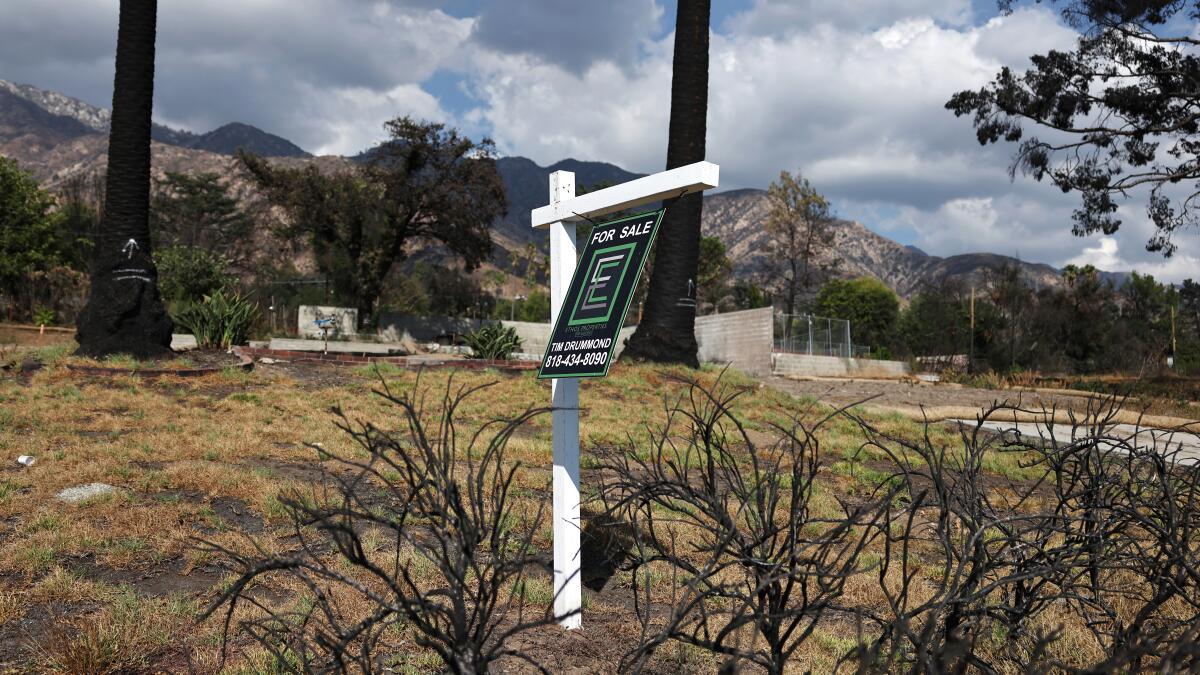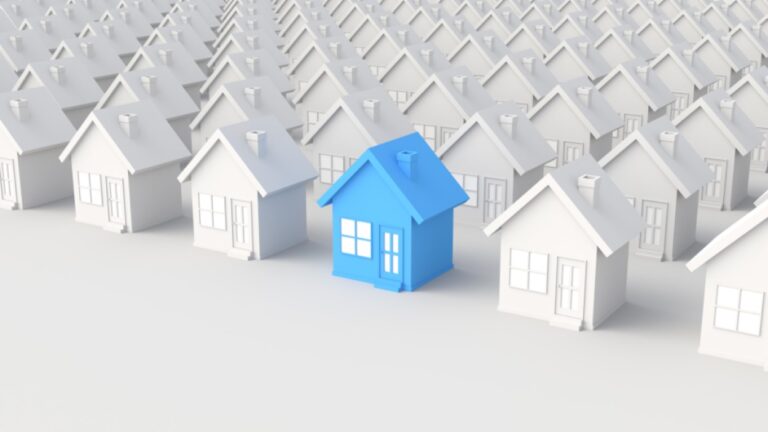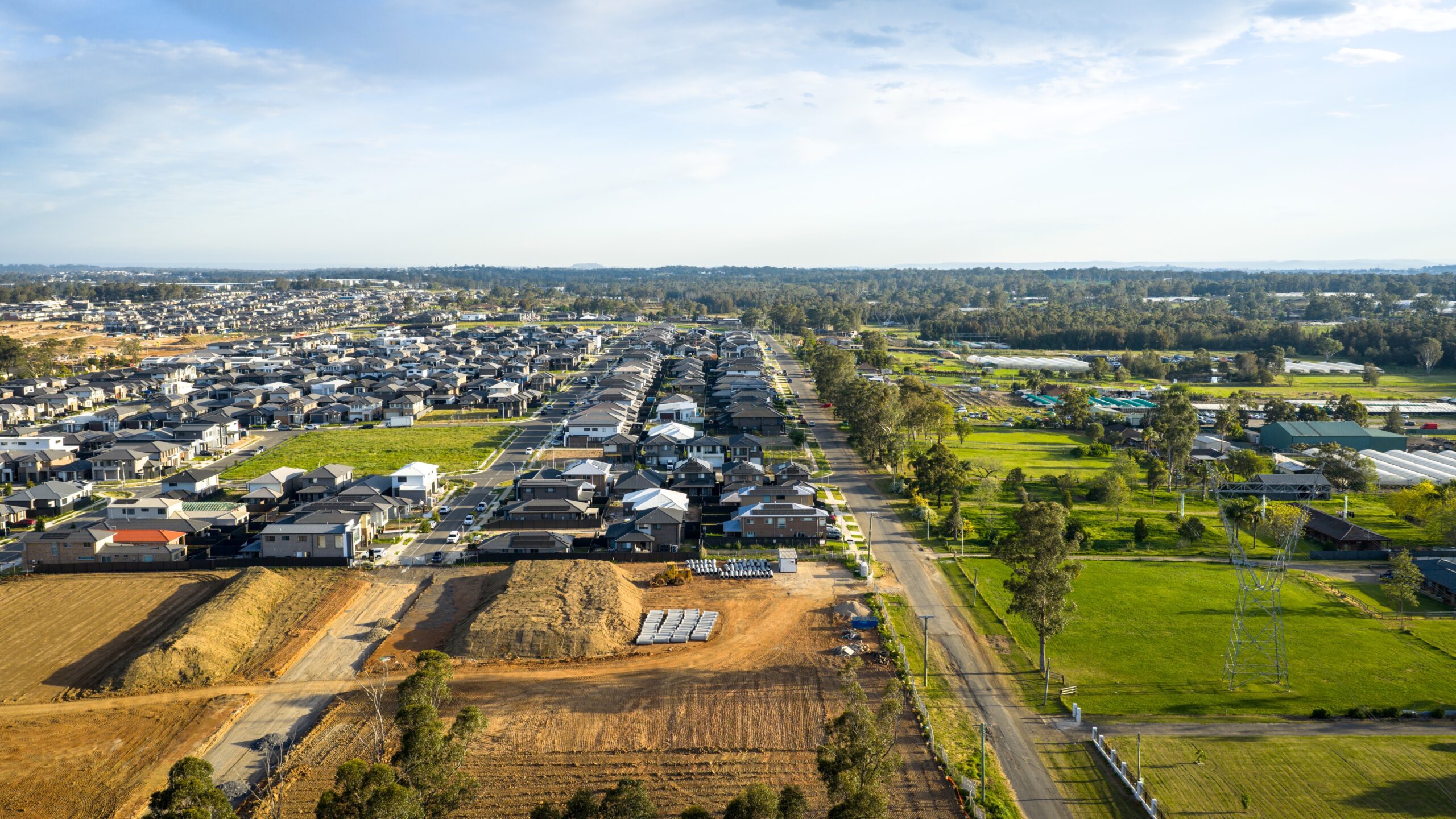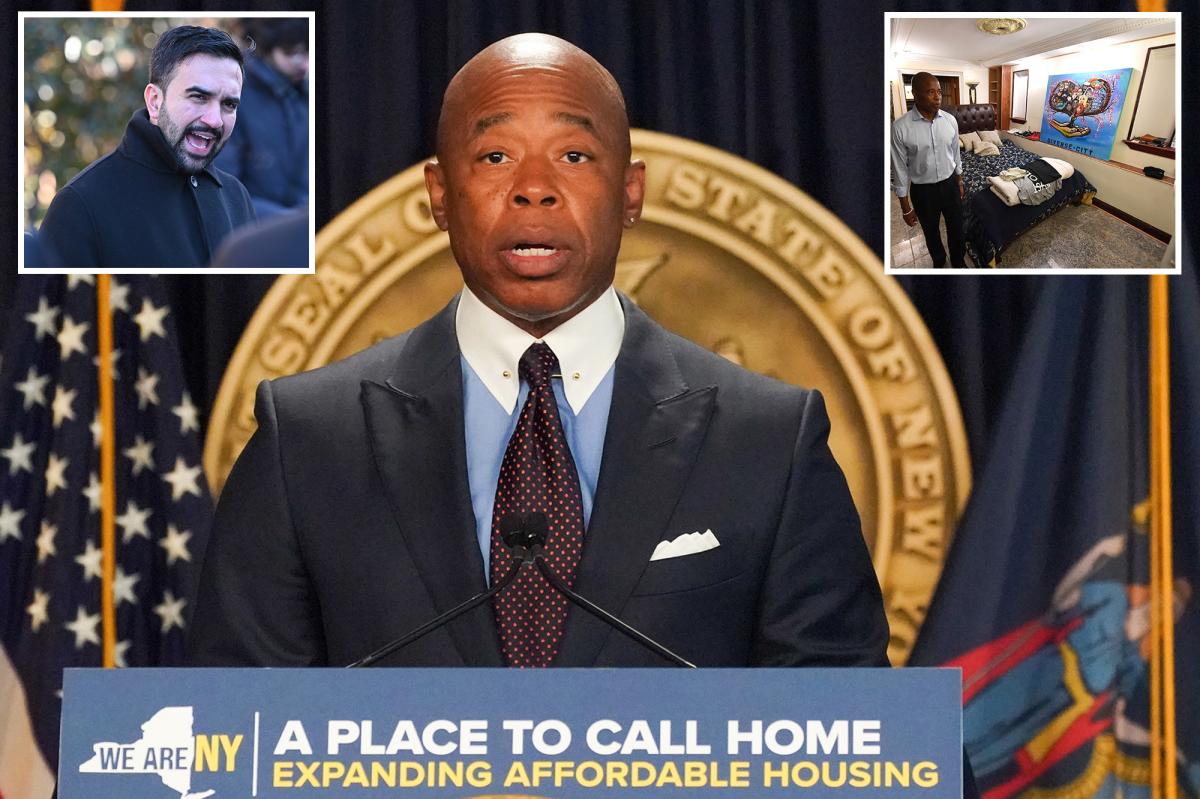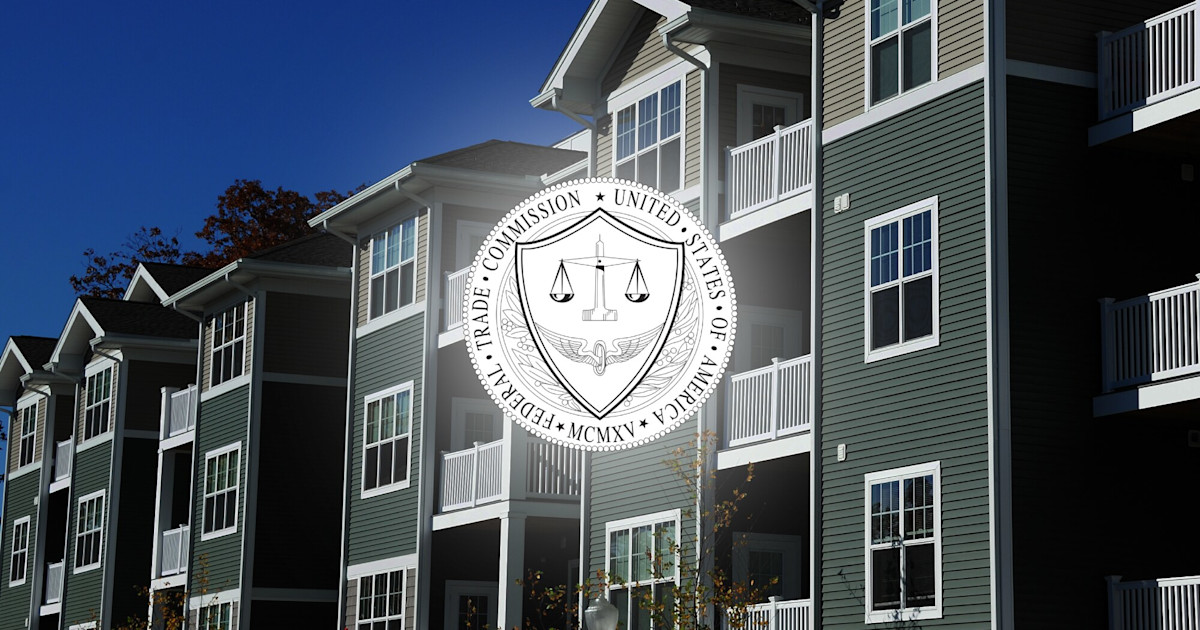A
s of July 21, 2025, mortgage rates show a slight decrease or stability in most categories. The national average 30-year fixed mortgage rate remains at 6.87%, down just 0.01% from the previous week. However, refinance rates have increased, with the 30-year fixed refinance rate climbing to 7.17%, up 0.04% from last week.
Key Takeaways:
- 30-Year Fixed Mortgage Rate: Stable at 6.87%.
- 15-Year Fixed Mortgage Rate: Remains around 5.90%.
- 5-Year ARM Mortgage Rate: Decreased to 7.76%.
- 30-Year Fixed Refinance Rate: Increased to 7.17%.
Market Outlook:
Experts predict mortgage rates may slightly drop in late 2025 and 2026, benefiting homebuyers.
Loan Types:
Government-backed loans typically offer lower rates than conforming loans due to reduced lender risk and targeted borrower profiles.
Rates Impact:
Slight increases in refinance rates may affect homeowners looking to tap equity.
Overview of Current Mortgage Rates:
Mortgage rates are a critical factor for homebuyers and those looking to refinance. Today's mortgage environment reflects some stability in purchase mortgage rates but a mild rise in refinance costs.
Government-backed loans, such as FHA and VA loans, generally offer lower interest rates due to reduced lender risk and targeted borrower profiles.
Current Refinance Rates Overview:
Refinancing allows homeowners to replace their existing mortgage with a new one. Recent trends show a modest increase in refinance rates:
- 30-Year Fixed Refinance: Increased to 7.17%.
- 15-Year Fixed Refinance: Increased to 5.98%.
This rise is noteworthy because refinancing costs more even as purchase mortgage rates are steady or slightly lower.
Long-Term Mortgage Rate Predictions and Market Insights:
Several industry experts forecast mortgage rates to drop in late 2025 and 2026, benefiting homebuyers.
The consensus is that while rates have stabilized somewhat, the potential for moderate declines exists, benefiting homebuyers in the near future.
How Mortgage Rates Affect the Housing Market:
Mortgage rates influence buying power and market dynamics profoundly. Higher rates tend to reduce affordability, slowing home sales. Rate declines can stimulate demand, boosting sales and construction.
Conforming vs. Government Loans: APR Differences
In addition to interest rates, APR includes fees and points, offering a fuller picture of borrowing cost.
Refinancing Trends and Why Refinance Rates May Rise While Purchase Rates Stay Steady:
Refinancing involves different risks and market factors than purchase mortgages. Lenders price refinance loans higher due to increased risk of borrower default.
Final Thoughts on Mortgage Rates Today:
The mortgage market as of July 21, 2025, presents a mixed picture: purchase mortgage rates show slight improvements or stability, while refinance rates have edged upward.
